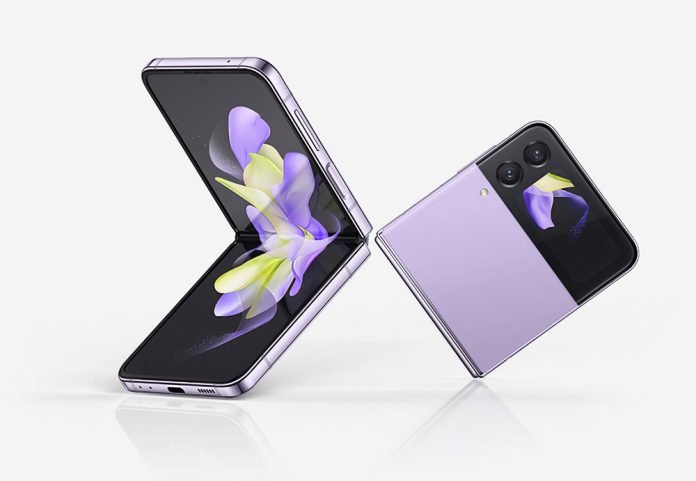Складні телефони стали одним із найцікавіших технічних трендів останніх років. Samsung запустила моду на них у 2019 році, представивши Galaxy Fold, і спочатку це здавалося майбутнім мобільних технологій. Однак через п’ять років ситуація виглядає інакше: продажі падають, а споживачі не поспішають купувати “розкладачки”.
Основна проблема складних смартфонів — висока ціна. Наприклад, Google Pixel Fold і Samsung Galaxy Fold 6 коштують близько 1800 доларів, тоді як звичайні флагмани типу Pixel 9 Pro або Galaxy S24 Ultra можна придбати майже вдвічі дешевше. Другий важливий недолік — довговічність. Незважаючи на інноваційні рішення, шарнірний механізм залишається вразливим місцем: у нього потрапляє пил і дрібні частинки, що згодом призводить до поломок. Також складні дисплеї покривають надтонким склом із пластиковим покриттям, яке менш міцне за традиційне Gorilla Glass. Ще один мінус — видима складка на екрані, яка дратує багатьох користувачів і погіршує досвід перегляду контенту. Навіть якщо закрити очі на ціну та крихкість, складні смартфони мають ще один важливий недолік — програмна підтримка. Багато додатків не адаптовані під великі гнучкі екрани. Наприклад, Instagram оновив інтерфейс для таких пристроїв лише у 2023 році — через чотири роки після виходу першого Galaxy Fold. А багатовіконний режим працює далеко не у всіх додатках так, як хотілося б користувачам. За даними Statista, у 2024 році в світі продали лише 18 мільйонів складних телефонів, що є краплею в морі порівняно з 1,2 мільярдами звичайних смартфонів. Крім того, Samsung зазнала 21% падіння продажів у цьому сегменті. Однак це не зупиняє бренди від подальших інвестицій у технологію. Samsung, Motorola, Xiaomi і навіть Apple (за чутками) продовжують працювати над складними моделями.
Зараз складні телефони залишаються дорогим експериментом, доступним для ентузіастів або тих, хто хоче виділитися. Щоб вони стали масовими, необхідно вирішити три ключові проблеми: знизити ціну до рівня 1000 доларів або менше. Підвищити міцність шарніра та дисплея. Оптимізувати програмне забезпечення для максимальної зручності.
Якщо цього не станеться, складні смартфони залишаться нішевим продуктом, а ринок знову повернеться до традиційних форм-факторів.


